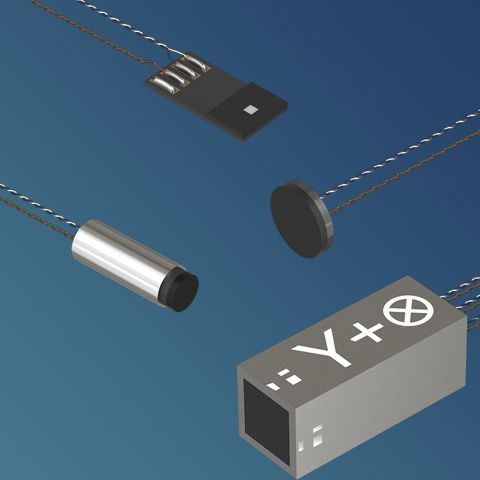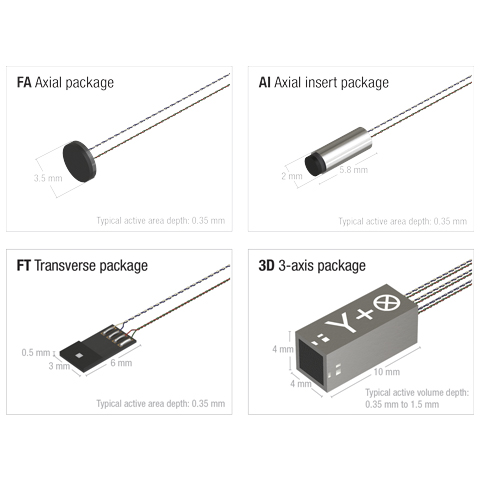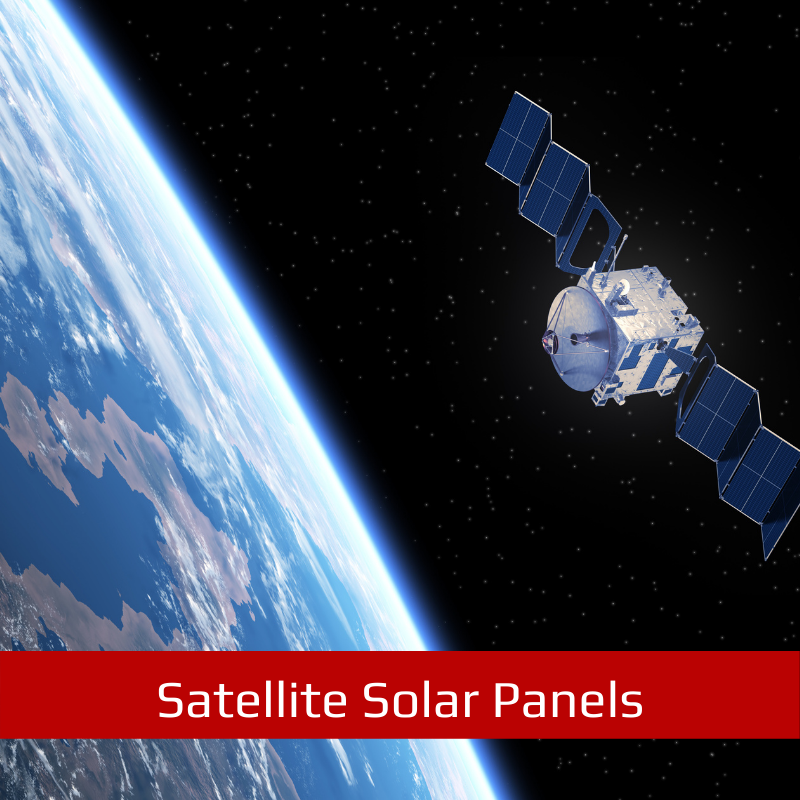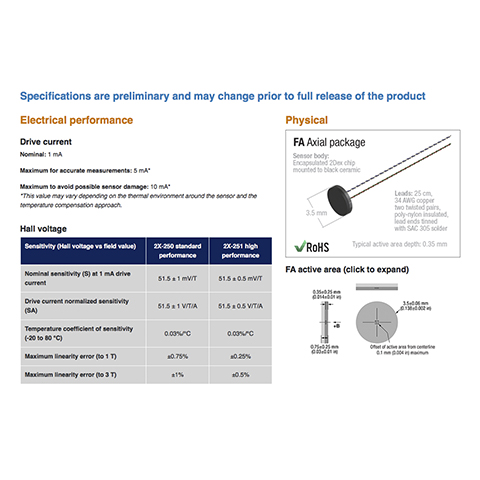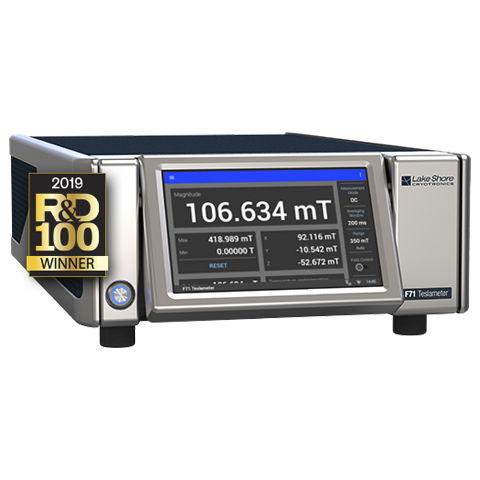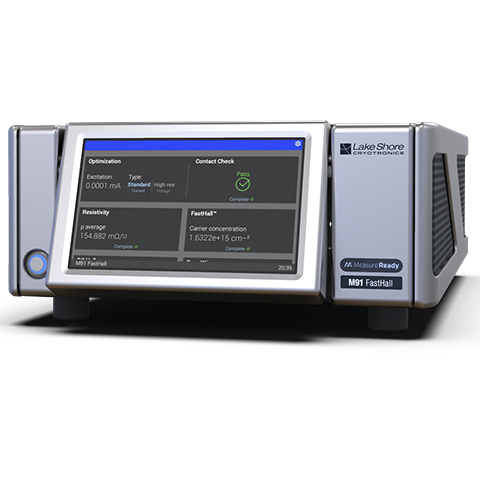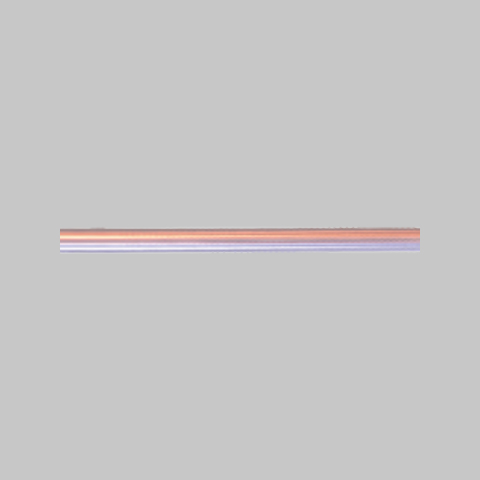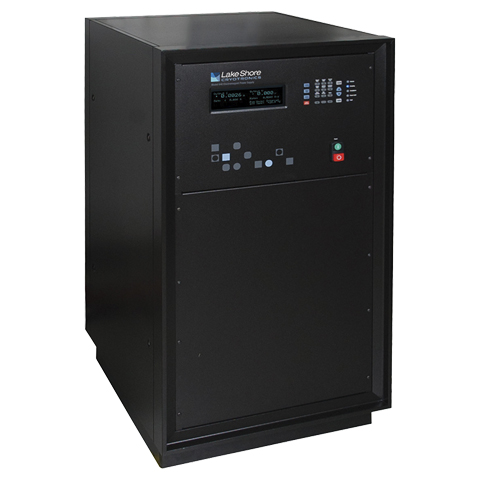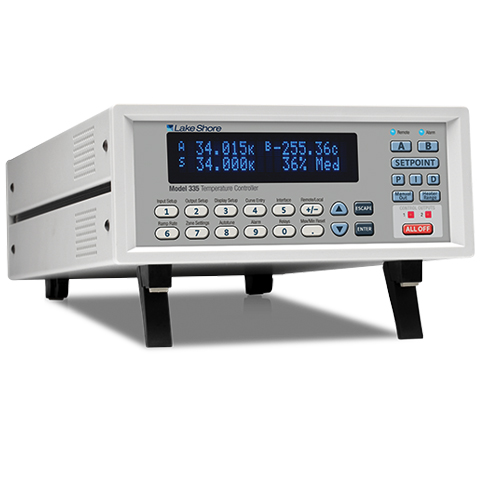- Features
- Models
- Downloads
- Specification
- Related Products
- Contact
- Back To Spectroscopy
- Back To Optics
- Back To Hyperspectral
- Back To Cameras
- Back To X-Ray
- Back To Light Measurement
- Back To PPMS
- Back To Electron Microscopy
- Back To Magnetometers
- Back To Ellipsometers
- Back To Cryogenics
- Back To Lake Shore
2Dex™ Hall Sensors
Easily calculate magnetic field values
Compared to other sensor technology, 2Dex sensors exhibit significantly less linearity error. This makes the conversions of Hall voltage to field values using simple sensitivity values much more viable.
Multiple package types
Due to the directional nature of magnetic fields, the positioning and orientation of the sensor are critical for accurate measurements. 2Dex sensors are offered in a range of package types to simplify the process of mounting a sensor in just the right location.
2Dex™ Hall Sensor Features
- Highly linear Hall voltage
- Small active area
- Single or 3-axis configurations
- Wide operating temperature range
- Plug-and-play version available for direct connection to Lake Shore F71/F41 teslameters


Model Features
2Dex Hall sensors have significantly smaller active areas than previous generation products. This results in improved spatial resolution and reduced signal averaging, useful when measuring fields close to a source where field gradients can be extreme.

2Dex 3-axis magnetic sensors have been designed to maximise orthogonality between x, y, and z sensor elements, resulting in more accurate vector magnitude measurements when field direction is unknown or changing.
Many magnetic sensors rely on auxiliary measurement conditioning circuitry, resulting in restrictions on the sensor’s range, resolution, and accuracy. 2Dex Hall sensors use a very simple Hall structure without the need for auxiliary conditioning circuits. Sensor performance is achieved through meticulous manufacturing and testing of each sensor. This results in the predictability and repeatability of more complex circuits with the flexibility of a simple Hall element.
Flexibility examples include:
Sensitivity (measurement resolution) can be increased by supplying higher than nominal current to the sensor
Increased resilience to high levels of magnetic field, radiation, or temperature than traditional sensors
Select different excitation methods, trading accuracy for complexity (voltage, DC current, reversing current, current spinning)
Continue to operate reliably even in the world’s most powerful magnet systems
Faster response than many IC-based sensors — important when detecting or measuring pulses and AC signals
Temperature
Materials in 2Dex sensors have been selected to work at both cryogenic and elevated temperatures, resulting in sensors with extremely wide operating temperature ranges. These sensors have also been characterised over their full operating temperature range for variables such as sensitivity, resistance, offset voltages, and quantum oscillations. This provides sensors with predictable behaviour for various scenarios, and when they are paired with an F71 or F41 teslameter, automatic compensation for these variables result in highly accurate measurements — even in extreme environments.

Radiation
The 2DEG material used in these sensors is inherently resilient to radiation — so much so that the same material used in 2Dex sensors has been used in satellite solar panels.
Vacuum
(New package coming soon) Based on the popular SD package for cryogenic temperature sensors, the hermetic construction of the SH package makes it suitable for extreme research environments, including UHV scenarios.








